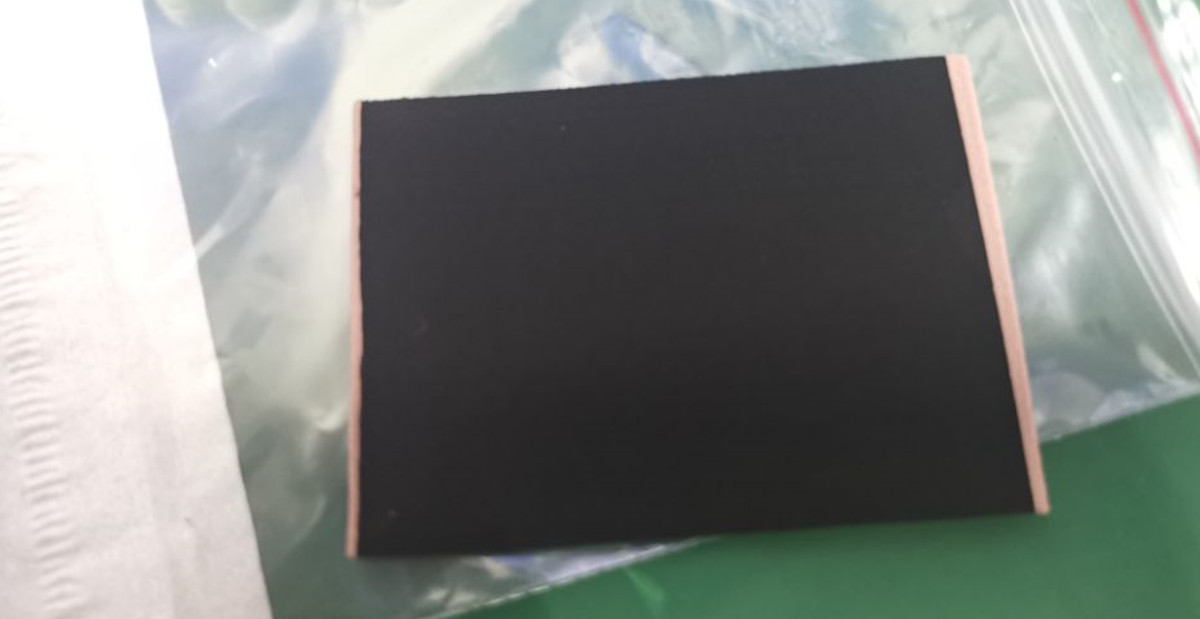Development of new catalysts for PEMFC
As a versatile energy generation technology to effectively meet the stringent environmental norms, polymer electrolyte membrane fuel cells (PEMFCs) have gained significant attentionin the last few decades. Technically, among various alternate energy sources, PEMFCs have been considered as ideal systemsto serve as power sources for both stationary and mobile applications. To improve the commercial viability and customer acceptance, there are wide spread scientific efforts to overcome hurdles such as cost and durability along with the continuous efforts to improve the performance characteristics.
Therefore,a breakthrough in the commercialization aspects of PEMFCs will depend largely on how effectively and when the persisting scientific as well as technical challenges mostly in materials can be addressed. Since the sluggish oxygen reduction kineticsin the cell reaction compels one to consider platinum or platinum alloys as the only practical choice, the issue of addressing thecost targets is emerging as a real stumbling block in the pathof PEMFC research and development efforts. The development of new catalysts is very important for PEMFC. Even though avariety of materials have been synthesized and tested for the oxygen reduction reaction (ORR), most of the systems fail tosimultaneously meet the requirements for cost, activity, and durability. Unless some miraculous innovation happens in thenear future, the incremental progress in the development of anon-Pt electrocatalyst for oxygen reduction points toward theinevitable dependency on Pt for this purpose at least for a fewmore decades. In this context, along with the strive fordeveloping effective non-Pt electrocatalysts, it is highly impor-tant to develop appropriate strategies to reduce platinum contentand maximize platinum utilization in the electrodes.

Fuel Cell
Ultrasonic fuel cell catalyst coating systems are uniquely suited for these challenging applications by creating highly uniform, repeatable, and durable coatings.
